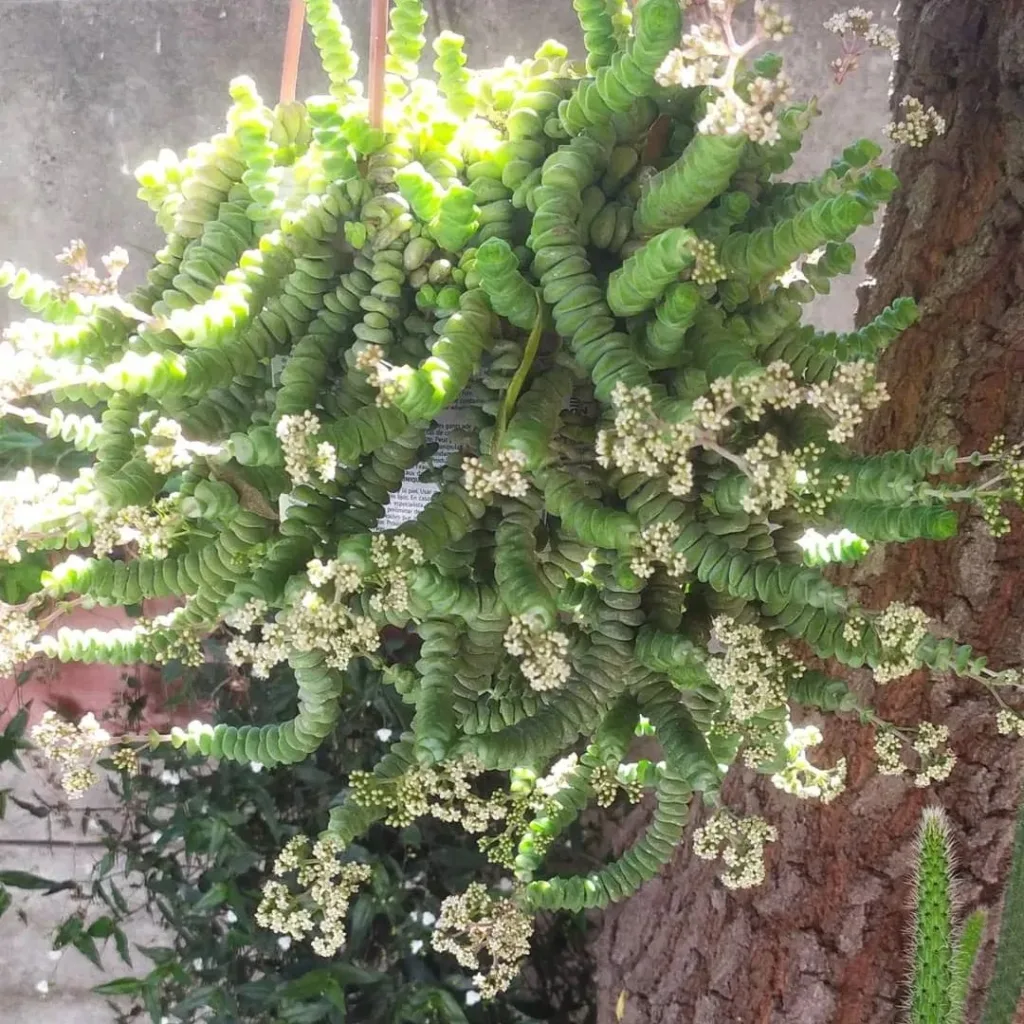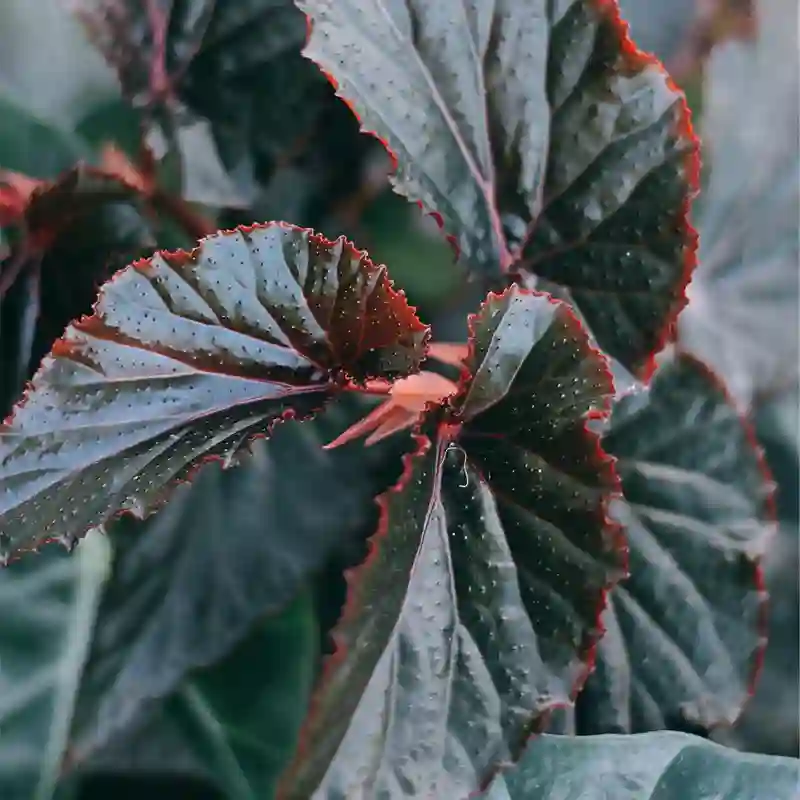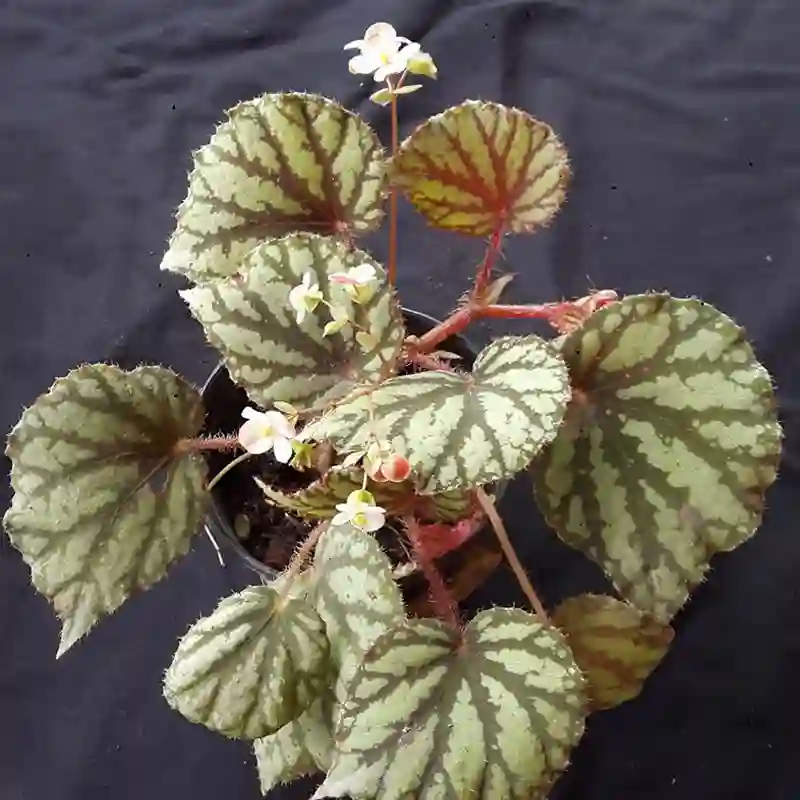My Fascination with Boryaceae
The world of botany is vast and filled with wonders. It’s a realm where the beauty and complexity of nature intertwine, and it’s a place where I’ve found myself drawn to the enigmatic Boryaceae family. These plants, often overlooked and underappreciated, hold a special place in my heart.
Discovering Boryaceae
My journey into the world of Boryaceae began with a simple curiosity. I was browsing through a botanical reference book when I stumbled upon a brief mention of this family. The description was sparse, but it piqued my interest. I was intrigued by the unique characteristics of these plants and their relatively small size.
Unraveling the Mystery
As I delved deeper into the study of Boryaceae, I discovered a world of fascinating details. These plants, native to Australia, are known for their rush-like appearance and their preference for sandy soils. They often grow in coastal areas, adding a touch of green to the otherwise barren dunes.
The Genera of Boryaceae
The Boryaceae family is relatively small, comprising only two genera:
- Alania: A genus within the Boryaceae family, is exclusively found in the diverse landscapes of Australia. Comprised of shrubs, they exhibit a distinct morphology that sets them apart. Their leaves, reminiscent of needles, are an adaptation to the often arid conditions of their native habitat. These sclerophyllous leaves, tough and leathery, help reduce water loss and are an essential survival strategy in such environments. The fruiting structures of Alania are particularly noteworthy; they are cone-like, woody capsules that protect the developing seeds. This feature further demonstrates their resilience and adeptness in the face of Australia’s challenging climatic conditions. Alania species often thrive in nutrient-poor soils, showcasing their ability to flourish where other plants might struggle. They are an integral component of the Australian flora, contributing to the unique biodiversity of this remarkable continent.
- Borya: The eponymous genus of the Boryaceae family, Borya encompasses shrubs that are predominantly native to Australia, with a single species extending its range to New Caledonia. They are readily recognized by their inflorescences, which are densely packed and brush-like, presenting a striking appearance. The leaves of Borya are notably tough and leathery, a characteristic shared with many Australian plants that have adapted to the often harsh and dry conditions. These sclerophyllous leaves help minimize water loss, enabling them to survive in arid environments. Borya species are well-suited to landscapes that are prone to fire, an important ecological factor in many parts of Australia. They exhibit various fire-resistant traits, such as thick bark and the ability to resprout from their base after a fire has passed. These plants are key players in the ecosystems they inhabit, serving as habitat and food sources for various fauna. Their presence is crucial in maintaining the ecological balance and biodiversity of these fire-prone landscapes.
Adaptations to Harsh Environments
One of the most remarkable aspects of Boryaceae is their ability to thrive in harsh environments. These plants have evolved a range of adaptations that allow them to survive in sandy soils with limited nutrients and water. Their deep root systems help them access moisture from deep within the ground, while their tough, leathery leaves reduce water loss through transpiration.
The Ecological Importance of Boryaceae
While Boryaceae may not be the most showy or charismatic plants, they play an important role in their ecosystems. They help stabilize sandy soils, preventing erosion and providing habitat for other organisms. Their flowers, although small, attract pollinators such as bees and flies, contributing to the overall biodiversity of the area.
Conservation Concerns
Unfortunately, Boryaceae face a number of threats, including habitat loss and degradation due to human activities such as development and agriculture. Climate change is also a concern, as rising temperatures and changes in rainfall patterns could further impact these plants. Conservation efforts are underway to protect Boryaceae and their habitats, but more needs to be done to ensure their survival.
My Personal Connection
My fascination with Boryaceae goes beyond their scientific interest. These plants represent the resilience and adaptability of nature, and they remind me of the importance of appreciating the beauty and complexity of even the most seemingly insignificant organisms. They are a testament to the power of evolution and the interconnectedness of all living things.
Conclusion
In the grand tapestry of life, Boryaceae may occupy a small corner, but their story is one worth telling. They are a reminder that even the most overlooked and underappreciated organisms have a role to play in the world, and they deserve our attention and respect. I will continue to explore the world of Boryaceae, and I hope that others will join me in appreciating these remarkable plants.
If i die, water my plants!



